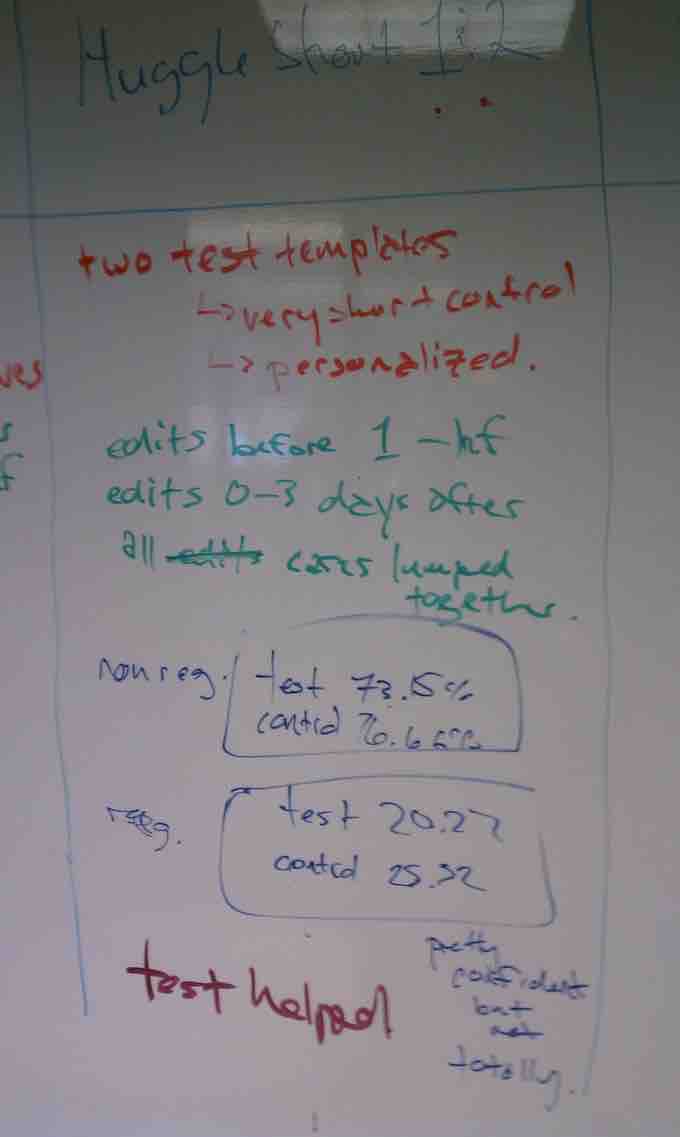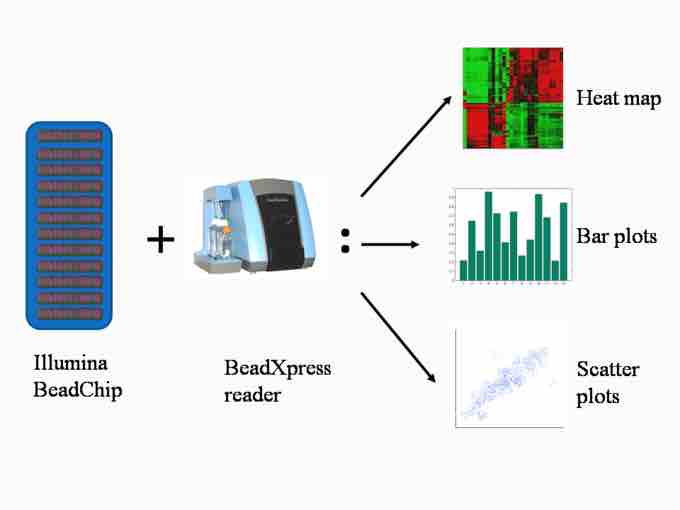Overview of the Marketing Research Process:
- Step 1: Problem Definition
- Step 2: Development of an Approach to the Problem
- Step 3: Research Design Formulation
- Step 4: Field Work or Data Collection
- Step 5: Data Preparation and Analysis
- Step 6: Report Preparation and Presentation
Step 5: Data Preparation and Analysis
Analysis of data is a process of inspecting, cleaning, transforming, and modeling data with the goal of highlighting useful information, suggesting conclusions, and supporting decision making. Data analysis has multiple facets and approaches, encompassing diverse techniques under a variety of names in different business, science, and social science domains. Data mining is a particular data analysis technique that focuses on modeling and knowledge discovery for predictive rather than purely descriptive purposes. Marketers use databases to extract applicable information that identifies customer patterns, characteristics and behaviors.

Data Analysis
Notes on data analysis process and testing parameters.
Business intelligence covers data analysis that relies heavily on aggregation and focusing on business information. In statistical applications, some people divide data analysis into descriptive statistics, exploratory data analysis (EDA), and confirmatory data analysis (CDA). EDA focuses on discovering new features in the data and CDA focuses on confirming or falsifying existing hypotheses. Predictive analytics focuses on application of statistical or structural models for predictive forecasting or classification. Text analytics applies statistical, linguistic, and structural techniques to extract and classify information from textual sources, a species of unstructured data. All are varieties of data analysis.
During this phase of the research process, data is carefully edited, coded, transcribed, and verified in order for it to be properly analyzed. Statistical market research tools are used. The validity of the results is also assessed to confirm how well the data measures what it is supposed to measure. Oftentimes, the research team will arrange a debriefing session with the client to review highlights from the data and brainstorm potential ideas on how the findings can be implemented . This typically happens when a client hires a market research company and they want to remain thoroughly involved in the research process.

Meeting.
Researchers can set up a debriefing meeting to review the analysis.

Data Output
Types of data analysis outputs: heat map, bar plots, scatter plots.
Helpful tips to keep in mind during data analysis:
- Communicate the results.
- Try to avoid bias when interpreting data.
- Just because results fail to confirm original hypotheses, does not mean the research results are useless.